Market Trends
Introduction
In the years 2021 to 2024, the Low-Migration Inks Market will be under considerable transformation, resulting from the combination of a large number of macroeconomic factors. The technological advancements in ink formulation and printing processes have enhanced the performance and safety of low-migration inks, thus responding to the growing demand for sustainable and compliant packaging solutions. Regulatory pressures, especially in the food and pharmaceuticals industries, have forced the packaging industry to adopt inks that minimize the migration risk and ensure the safety of consumers. Furthermore, the shift in consumers’ preferences towards eco-friendly products is driving brands to adopt sustainable packaging solutions. These trends are strategically important for the industry, as they not only influence product development and market positioning, but also dictate compliance strategies and consumer engagement activities.
Top Trends
-
Increased Regulatory Compliance
On the other hand, governments all over the world are imposing restrictions on the inks used for food containers, and they are pushing the industry to use low-migration inks. The European Union’s framework regulation on food contact materials, for example, requires strict safety evaluations. This trend is pushing companies to invest in ink formulations that are compliant with the regulations, thereby ensuring consumers’ safety and reducing the risk of lawsuits. The more stringent the regulations become, the more quickly the industry must respond to ensure access to the market and avoid penalties. -
Sustainability Initiatives
The drive for sustainable packaging has led to a rise in the demand for low-migration inks based on renewable resources. To meet this demand, the leading manufacturers are developing bio-based inks that meet the strictest standards. In the past year, for example, sales of these inks have increased by up to 30 per cent. This trend is not only good for the image of the company but also reflects the desire of consumers for sustainable products and could thus have a significant influence on the future range of products. -
Technological Advancements in Ink Formulation
The chemistry of inks is now making it possible to produce inks with a lower level of leaching. Companies are investing in research and development to produce inks with improved performance characteristics such as faster drying and better adhesion. Some recent improvements have made it possible to reduce costs by as much as 20 per cent. This trend will continue to enhance product offerings and open up new market opportunities, particularly in high-speed printing. -
Growing Demand in the Food and Beverage Sector
For example, the food and beverage industry has increasingly adopted low-migration inks to ensure product safety and compliance with regulations. According to a survey, 60 per cent of the packaging manufacturers are prioritising low-migration solutions. This trend has contributed to the growth of the low-migration ink market. And in the future, we might see a more specialised approach to inks, tailored to specific foods and packaging formats. -
Shift Towards Digital Printing Technologies
Brands are able to make a direct contribution to the low-migration inks market by using digital printing to achieve greater flexibility and customisation. Digital printing is said to reduce waste by up to 50% compared to conventional methods. It is also a trend that is driving the development of low-migration inks for digital printing. This development could widen the market for low-migration inks and enhance the operational efficiency of printers. -
Increased Focus on Consumer Health and Safety
A growing awareness of health and safety is driving the demand for low-migration inks in packaging. Surveys show that 7 out of 10 consumers prefer products in packaging printed with certified inks. This trend is forcing manufacturers to prioritise low-migration inks, and is influencing their development strategies and marketing approach. In the future, it may also have an impact on labelling requirements and the transparency of the origin of raw materials. -
Collaboration and Partnerships in the Industry
The strategic alliances between the ink manufacturers and the packaging companies are increasingly common and have a positive effect on the quality of the products. They allow the development of low-migration solutions adapted to the respective application. The speed of bringing new products to the market has been reduced by 25 percent. This trend is likely to foster innovation and enhance competitive positioning. -
Emergence of Smart Packaging Solutions
The introduction of smart technology into packaging is influencing the low-migration inks market, as brands seek to enhance consumer engagement. To ensure that smart packaging is safe to use, inks must meet low-migration standards. In the meantime, the market for smart packaging is set to grow significantly, putting pressure on ink manufacturers to develop new products and adapt existing ones. This trend could lead to new applications and higher sales for low-migration inks. -
Customization and Personalization Trends
Customized and personalized packaging is causing the need for low-migration inks with a broad gamut of colors. Brands are increasingly using the packaging as a marketing tool. The demand for bespoke solutions is said to have increased by 40 percent in the past two years. This trend is causing ink manufacturers to develop low-migration inks that are more versatile and that can be adapted to specific customer requirements. This may increase brand loyalty and differentiation. -
Global Supply Chain Challenges
The world’s raw material supply chain is in turmoil, which is affecting the availability of raw materials for low-migration inks. The resulting increase in the cost of production is having a knock-on effect on the prices of products. The result is that 30 per cent of companies have reported production delays due to raw material shortages. This trend could lead companies to diversify their sourcing strategies and invest in local production to hedge their risks.
Conclusion: Navigating the Low Migration Inks Landscape
The low-migration ink market is highly fragmented, with many established and new companies vying for market share. The regional trends show a growing demand for sustainable and compliant solutions, thereby fostering innovation and a move to a more sustainable and compliant market. The established companies are relying on their reputation and distribution network, while the newcomers are focusing on agility and cutting-edge technology. Strategically, this means that suppliers must invest in artificial intelligence (AI) to gain an advantage in the market, automation to increase efficiency, and sustainable solutions to meet regulatory demands. The ability to offer flexible solutions that meet the diverse needs of customers will be the key to success in this evolving market.

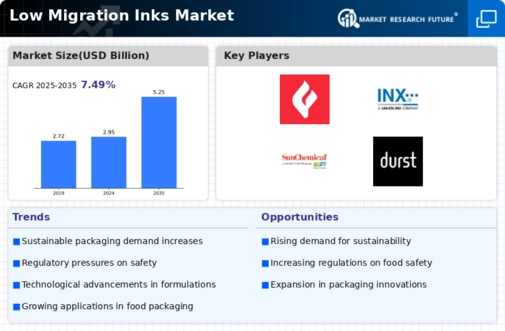
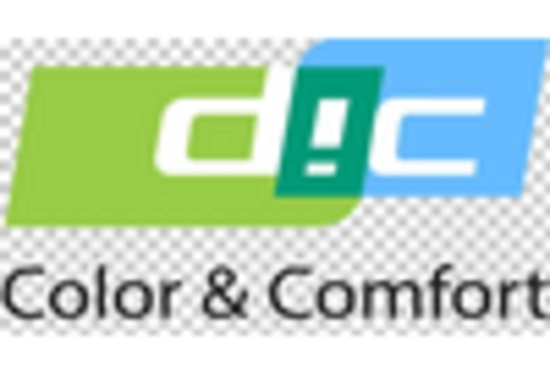

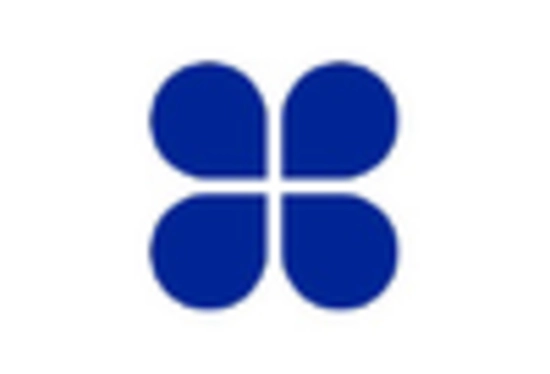

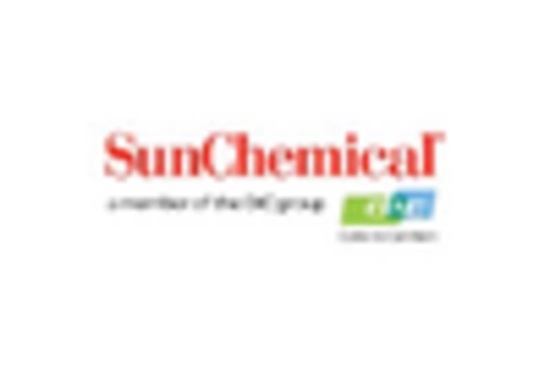
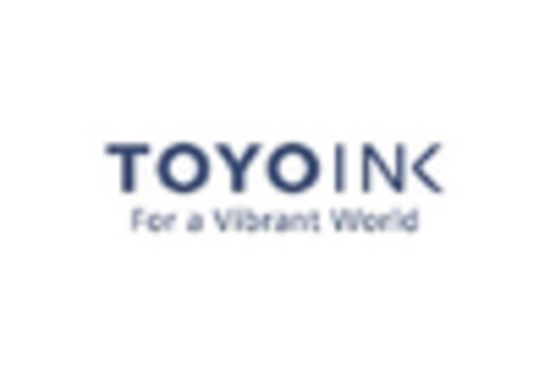

Leave a Comment